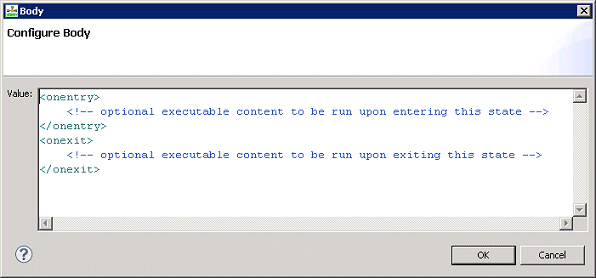Begin Parallel Block
Contents
Use this block to enable the design of multiple threads, such as running busy treatments in parallel files. A thread is a list of blocks that run one after another. Use the End Parallel block to mark the end of the threads that were started by a matching Begin Parallel block. Starting with 8.1.2, Composer removes the restriction on the type of blocks that can be used in a busy treatments chain in 8.1.0 and earlier. Blocks such as the ECMAScript block, Database blocks, and so on, are now usable in busy treatment chains. Blocks that work on an interaction or create new interactions may not be used as busy treatments.
Name Property
Find this property's details under Common Properties.
Block Notes Property
Find this property's details under Common Properties.
Exceptions Property
Find this property's details under Common Properties.
Condition Property
Find this property's details under Common Properties.
Logging Details Property
Find this property's details under Common Properties.
Log Level Property
Find this property's details under Common Properties.
Body Property
This property represents the SCXML that is mandatorily executed in the Parallel block before the parallel regions or legs begin to execute. This is useful for initialization of variables or other logic that should be completed before parallel regions begin to execute.
- Click opposite Body under Value. This brings up the
 button.
button. - Click the
 button to bring up the Configure Body dialog box.
button to bring up the Configure Body dialog box.
- Enter the executable content of the <state> element. . All content (children) of the state are editable. You also have the option of adding code to <onentry> and <onexit>.
- When through, click OK. Note: The editor does not validate against the SCXML schema.
Complete All Threads Property
This property controls when Orchestration Server is to transition out of the <parallel> structure.
Threads Property
block will have a Threads property to specify the number of threads to run in parallel. The number of outport will be automatically adjusted accordingly.
Enable Status Property
Find this property's details under Common Properties.
ORS Extensions Property
Starting with 8.1.4, Composer blocks used to build routing applications (with the exception of the Disconnect and EndParallel blocks) add a new ORS Extensions property.

